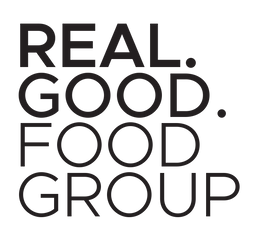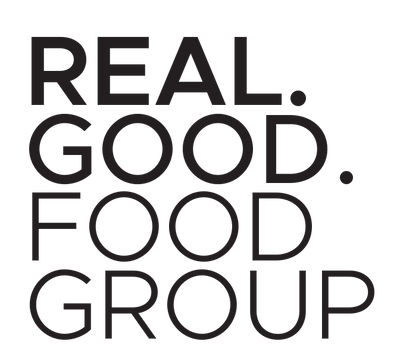Notes from Chef Monica:
Discovering how to make coconut yoghurt was a very interesting journey.
I trialed using tinned coconut milk, cream and fresh young coconut and I also tried making my own milk from soaked dried organic coconut. I discovered that using pure tinned coconut milk (no gums or thickeners on ingredients label) was unsuccessful as the fat floats to the top and the coconut water sinks to the bottom of the yoghurt. The same applied when I made my own milk.
The only way to prevent coconut milk from separating is either to add add xanthum or guar gum, or buy a brand of milk that already has that in it. Alternatively, you can heat the milk and thicken with tapioca. Neither of these options appealed to me.
Luckily I had great success with pure tinned coconut cream. There are infinite brands of coconut milk and cream on the market and this can make recipe writing challenging. Each brand can potentially act completely differently giving varied results. The brand of coconut cream I used had 24g of fat per 100g. The level of fat in the cream is important, as the higher the fat content, the thicker the yoghurt will be. I found that the fat content can vary from 17% to 27%.
Whilst the coconut cream yoghurt is delicious, being a cream means it is not exactly low in fat. If you are looking for a lighter option, then definitely try making your yoghurt from young coconuts. I have to admit that i was quite reluctant to give it a go, as the thought of opening all those coconuts and scooping out the flesh seemed all too hard. But curiosity got the better of me and thank goodness it did. When I tasted the mixture before incubating, it was sublime and absolutely worth every minute of all the bashing and cracking.




